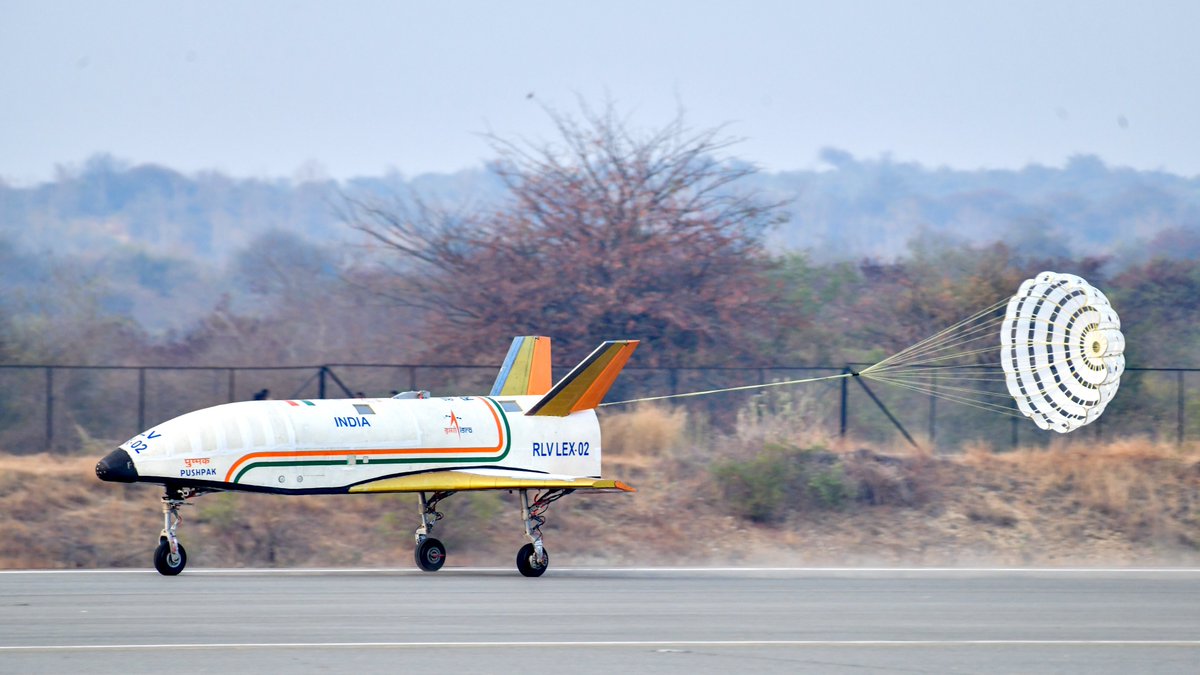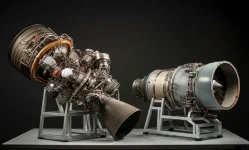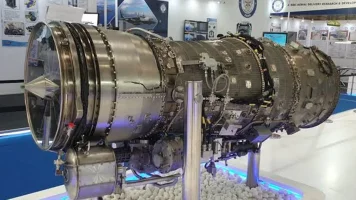- Views: 709
- Replies: 4

The Indian Space Research Organisation (ISRO) celebrated a significant breakthrough in its Reusable Launch Vehicle (RLV) program today.
The landmark RLV-LEX-02 landing experiment successfully demonstrated the autonomous landing capabilities of India's winged RLV prototype, marking a major step towards the development of cost-effective and reusable spacecraft.
Conducted at the Aeronautical Test Range (ATR) in Chitradurga, Karnataka, the experiment built upon the successes of the previous RLV-LEX-01 mission. The RLV, nicknamed "Pushpak," was carried aloft by an Indian Air Force Chinook helicopter before being released at an altitude of 4.5 kilometers.
It then flawlessly executed a series of complex maneuvers, including "cross-range corrections," before gliding to an autonomous landing on the designated runway.
Crucial Step for Reusable Space Flight
"This successful mission validates ISRO's mastery over critical technologies such as navigation, control systems, and landing gear," explained an analyst. "The ability to execute a precise autonomous landing is fundamental to our vision of reusable spacecraft returning from orbital missions."The experiment highlighted ISRO's commitment to developing a cost-saving, environmentally-friendly approach to space exploration. Reusable launch vehicles hold the promise of significantly reducing the expense of space missions, potentially revolutionizing space access.
Building on Past Successes, Tackling New Challenges
The RLV-LEX-02 mission also showcased ISRO's ability to reuse critical components. The winged body and flight systems from the first mission were reused after passing rigorous checks and clearances. To prepare for the higher stress of this landing, engineers reinforced the airframe and landing gear.ISRO Chairman and Secretary of the Department of Space, Shri S Somanath, praised the collaborative efforts that made this success possible. Collaborations with agencies like the Indian Air Force (IAF) and Defence Research and Development Organisation (DRDO) were instrumental in achieving this milestone.
The Path to Reusable Spaceflight
While still in its developmental stages, the Reusable Launch Vehicle program signifies India's ambition to become a leader in the global space race.With each successful experiment, ISRO moves closer to achieving its goal of developing a spacecraft capable of launching into orbit, deploying payloads, and then returning to Earth for refurbishment and reuse.



